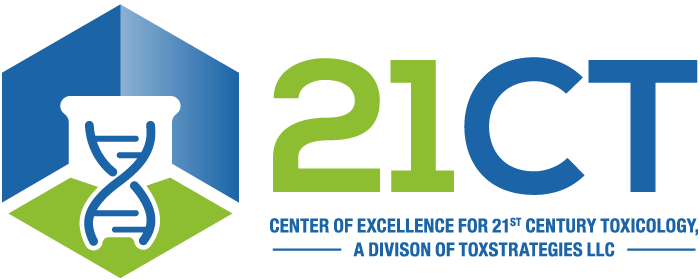Donovan EP, Staskal DF, Unice KM, Roberts JD, Haws LC, Finley BL, Harris MA. 2008. Risk of gastrointestinal disease associated with exposure to pathogens in the sediments of the Lower Passaic River. Appl Environ Microbiol 74:1004-1018.
Abstract
High levels of pathogenic microorganisms have been documented previously in waters of the Lower Passaic River in northern New Jersey. The purpose of this study was to characterize the microbial contamination of river sediments near combined sewer overflows (CSOs), a known source of pathogens. Concentrations of fecal coliform, total coliform, fecal Streptococcus, fecal Enterococcus, Pseudomonas aeruginosa, Staphylococcus aureus, Giardia lamblia, and Cryptosporidium parvum organisms were measured in 16 samples from three mudflat locations along the Lower Passaic River, as well as from an upstream location. Selected samples were also analyzed for antibiotic resistance. All of the samples contained high concentrations of total coliform, fecal coliform, fecal Streptococcus, and fecal Enterococcus organisms. Analysis of isolates of Staphylococcus aureus, Pseudomonas aeruginosa, and Escherichia coli from several samples indicated that each strain was resistant to at least one antibiotic typically used in clinical settings. Eight of 16 samples contained Giardia, and one sample contained Cryptosporidium. With these sampling data, a quantitative microbial risk assessment was conducted to evaluate the probability of infection or illness resulting from incidental ingestion of contaminated sediments over a 1-year period. Three potential exposure scenarios were considered: visitor, recreator, and homeless person. Single-event risk was first evaluated for the three individual exposure scenarios; overall risk was then determined over a 1-year period using Monte Carlo techniques to characterize uncertainty. For fecal Streptococcus and Enterococcus, annualized risk estimates for gastrointestinal illness ranged from approximately 0.42 to 0.53 for recreators, 0.07 to 0.10 for visitors, and 0.62 to 0.72 for homeless individuals across the three sampling locations. Annualized risk of Giardia infection ranged from 0.14 to 0.64 for recreators, 0.01 to 0.1 for visitors, and 0.30 to 0.87 for homeless individuals, across all locations where detected. Cryptosporidium was detected at one location, and the corresponding annualized risk of infection was 0.32, 0.05, and 0.51 for recreators, visitors, and homeless individuals, respectively. This risk assessment suggests that pathogen-contaminated sediments near areas of CSO discharge in the Lower Passaic River could pose a health risk to individuals coming into contact with sediments in the mudflat areas.
